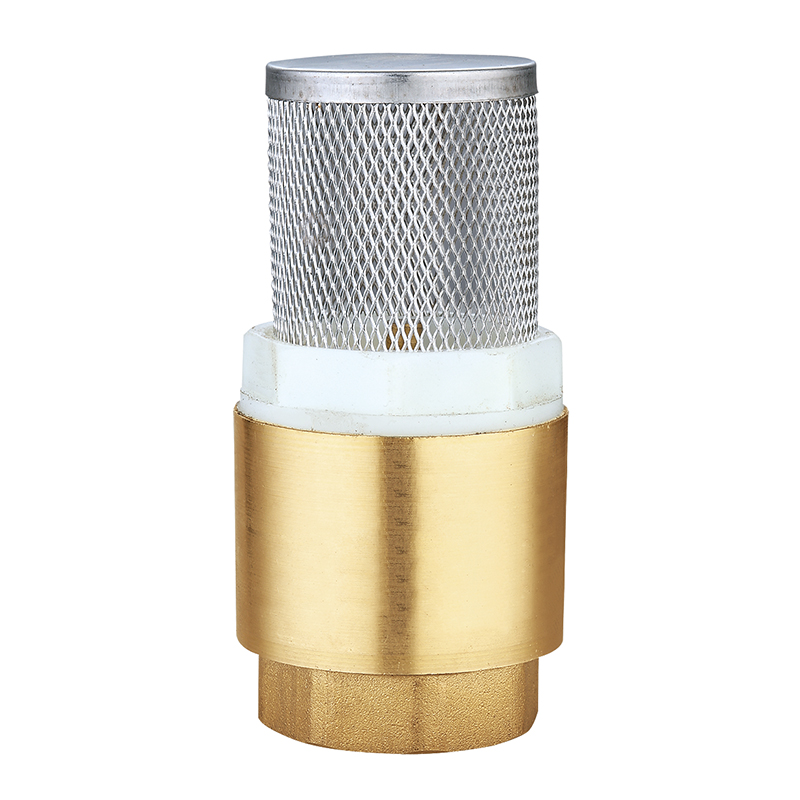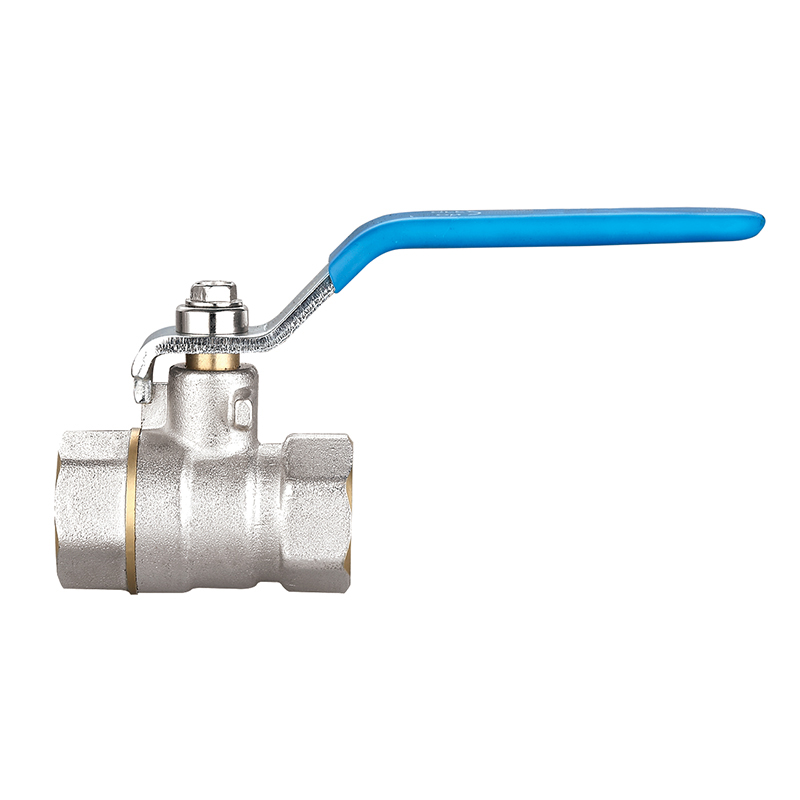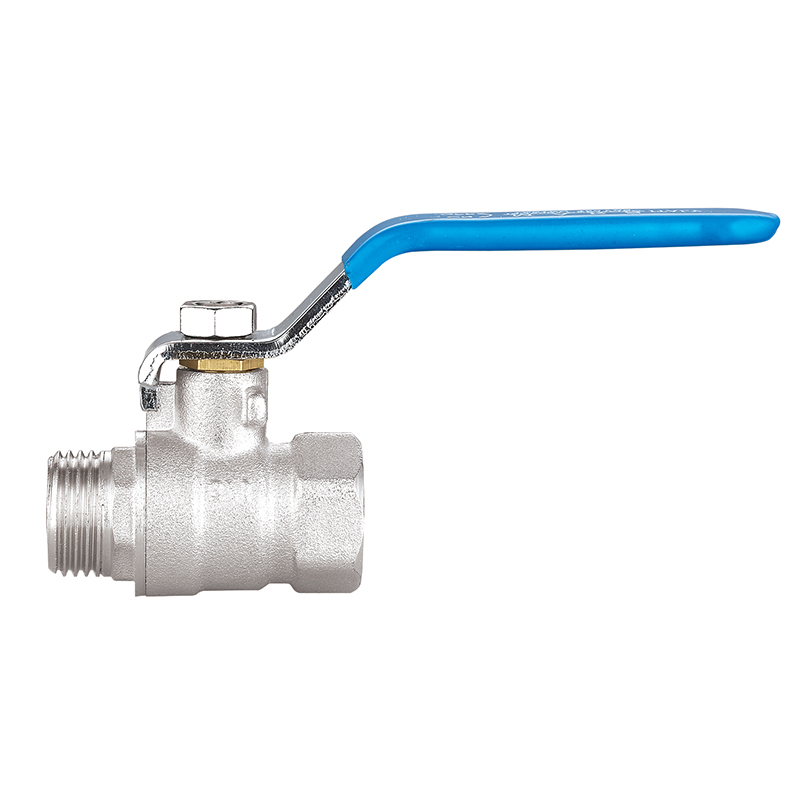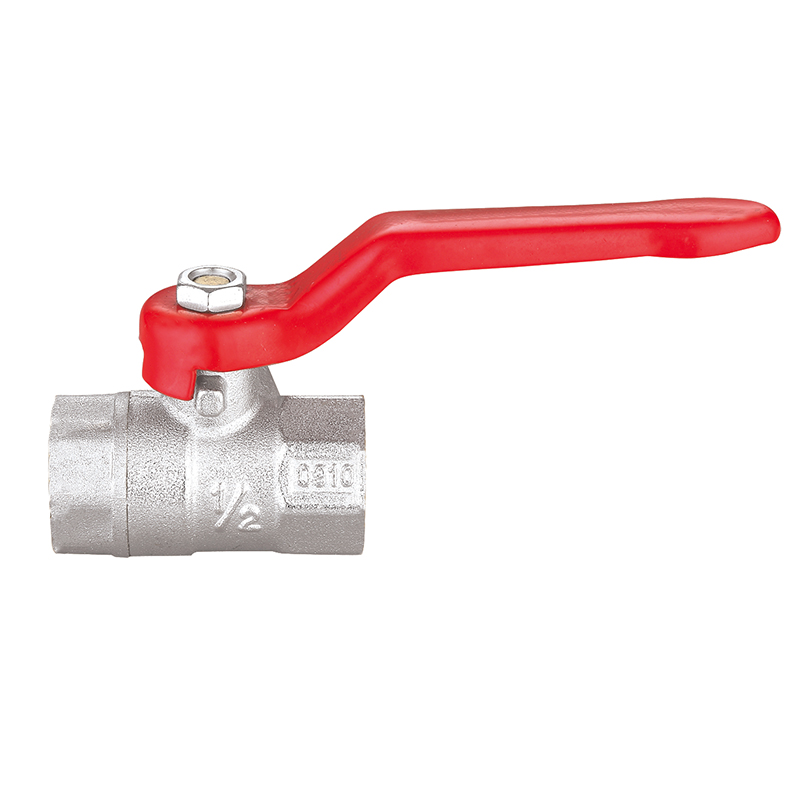Foundation of Reliable Pumping: Foot Valves Gaining Ground in Efficient Water Management Systems
2025-07-11
As industries and municipalities face increasing pressure to improve water efficiency, protect equipment, and reduce energy costs, the importance of small yet critical components in fluid systems is coming into sharper focus. Among these, the foot valve—a type of check valve placed at the inlet of a suction line—has proven indispensable in ensuring consistent pump priming and system integrity.
Long used in irrigation, agriculture, municipal water supplies, and industrial pumping operations, foot valves are now being refined and re-engineered to meet the demands of modern applications. With a growing emphasis on durability, anti-corrosion properties, and backflow prevention, foot valves are playing a more pivotal role in maintaining stable and energy-efficient pumping systems.
What Makes a Foot Valve Unique?
Unlike inline check valves that regulate flow within pressurized piping systems, foot valves are installed at the bottom of a suction pipe, typically submerged in a well, tank, or other water source. Their main function is to prevent the pump from losing its prime—in other words, to keep the pump and suction line full of liquid even when the pump is shut off.
The valve mechanism—commonly a flapper, disc, or spring-loaded ball—opens when suction pressure from the pump draws water in. When the pump stops, the mechanism closes, preventing fluid from flowing backward out of the pipe and keeping air from entering the system. This not only safeguards the pump but also startup delays and reduces energy consumption.
Increasing Adoption Across Industries
Foot valves are widely used in sectors that rely on consistent and reliable pumping, including:
Agriculture and Irrigation: Farmers and irrigation system operators use foot valves to maintain water availability for drip and spray systems, reducing water loss and pump wear during frequent on/off cycles.
Municipal Water Supply: Foot valves are crucial in borehole and well systems, ensuring that pumps in remote or underground locations do not require manual priming after shutdowns.
Industrial Fluid Handling: In factories and processing plants, foot valves enable smooth operations of chemical pumps, ensuring no interruption in fluid transfer and reducing the risk of cavitation.
Marine and Aquaculture: These valves are also used in boats and aquatic facilities to maintain prime in bilge and transfer pumps, even in variable water conditions.

The rise of off-grid and remote water systems in developing regions has further driven the demand for durable, easy-to-maintain foot valves that can operate under challenging environmental conditions without frequent servicing.
Engineering Improvements and Material Innovations
Recent advancements in materials and engineering have significantly improved the reliability and lifespan of foot valves. While traditional valves were made from cast iron or brass, modern foot valves are increasingly available in stainless steel, reinforced plastics, PVC, and composite materials. These newer materials offer enhanced corrosion resistance, lower weight, and reduced cost—all critical benefits in systems exposed to chemicals, saltwater, or high sediment loads.
Additionally, foot valves now come with removable strainers or filters integrated into their design. These prevent debris, leaves, and sediment from entering the pump system, thereby reducing clogging and wear. In high-flow or heavy-duty applications, foot valves with spring-loaded closures provide faster shut-off and better sealing under varying pressure conditions.
Some manufacturers have also developed low-friction sealing mechanisms that reduce the energy required for suction, contributing to more efficient pump operation and helping customers meet environmental and energy-saving goals.
Environmental and Economic Impact
One of the valuable benefits of using foot valves is energy conservation. By preventing loss of prime and maintaining a full suction line, foot valves reduce the need for repeated pump cycling and re-priming—a process that wastes both time and electricity. In large-scale systems such as municipal or agricultural pumping stations, these savings can be substantial over time.
Foot valves also contribute to system longevity, reducing wear on pumps caused by dry starts and cavitation. This translates into lower maintenance costs and fewer system failures, which is especially important in applications with continuous or remote operations.
In wastewater treatment facilities and environmental management projects, foot valves help maintain consistent pump operation for sediment transfer, drainage, and chemical dosing—all essential functions in water conservation and ecosystem protection.
Whether you want to become our partner or need our professional guidance or support in product selections and problem solutions, our experts are always ready to help within 12 hours globally.




 русский
русский Español
Español عربى
عربى





